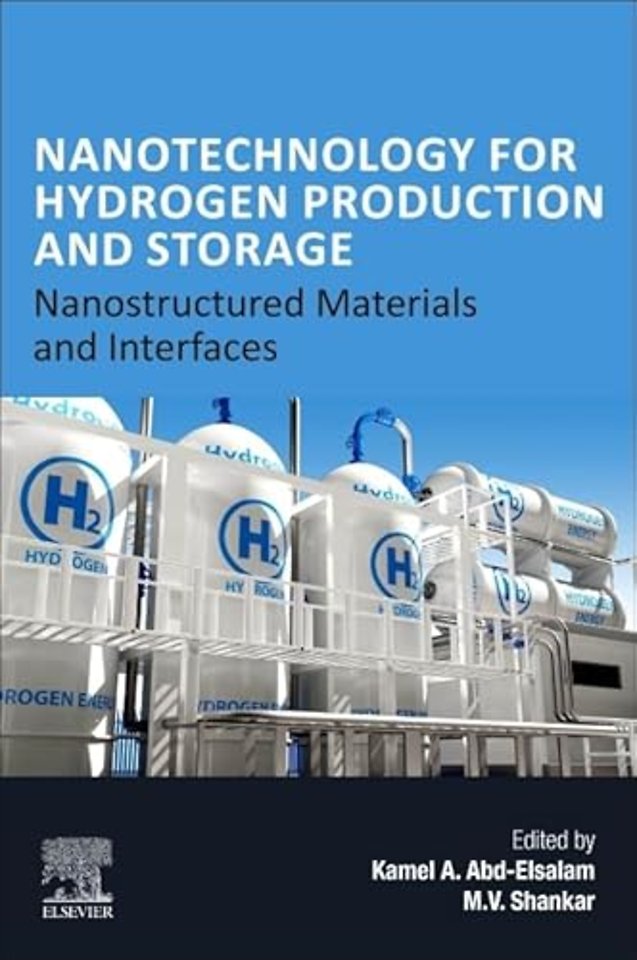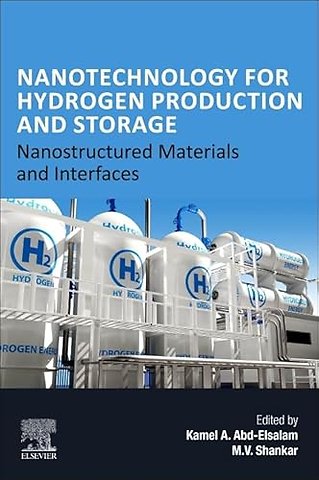Nanotechnology for Hydrogen Production and Storage
Nanostructured Materials and Interfaces
Samenvatting
Nanotechnology for Hydrogen Production and Storage: Nanostructured Materials and Interfaces presents an evaluation of the various nano-based systems for hydrogen generation and storage. With a focus on challenges and recent developments, the book analyzes nanomaterials with the potential to boost hydrogen production and improve storage. It assesses the potential improvements to industrially important hydrogen production technologies by way of better surface-interface control through nanostructures of strategical composites of metal oxides, metal chalcogenides, plasmonic metals, conducting polymers, carbonaceous materials, and bio-interfaces with different types of algae and bacteria.
In addition, the efficiency of various photochemical water splitting processes to generate renewable hydrogen energy are reviewed, with a focus on natural water splitting via photosynthesis, and the use of various metallic and non-metallic nanomaterials in anthropogenic/artificial water splitting processes is analyzed. Finally, the potential of nanomaterials in enhancing hydrogen generation in dark- and photo-fermentative organisms is explored, along with various nano-based systems for hydrogen generation and associated significant challenges and advances in biohydrogen research and development.

